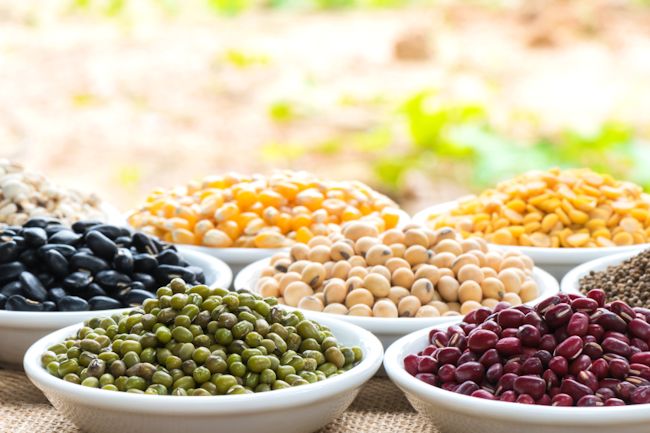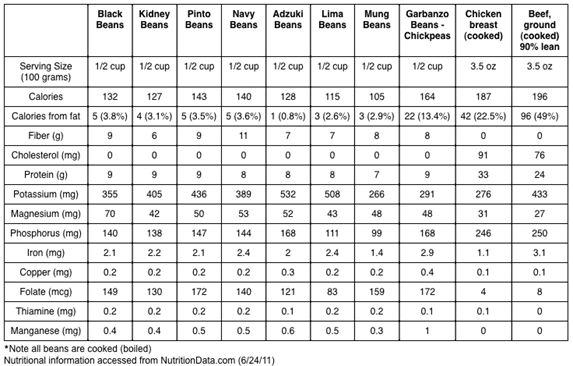
By Larry Mogelonsky, MBA, P. Eng. (www.lma.ca)
At the beginning of the calendar year, the General Assembly of the United Nations proudly declared that 2016 would be the ‘International Year of Pulses’. Before your mind wonders onto thoughts of impending electromagnetic pulses and what not, know that a pulse is simply another, more encompassing term for a bean. And the timing couldn’t be better to bring these powerhouse foods back into the limelight.
As the saying goes, beans are good for your heart; the more you eat them, the more you…like them! And this is without-a-doubt true. Beans, lentils, peas and chickpeas are all fibrous carbohydrates with lower glycemic indexes than wheat or rice and many species are packed with antioxidants. The fiber and oligosaccharides in pulses are also good for culturing healthy gut bacteria to stave off colon cancer, boost nutrient absorption and a host of other positive effects. It’s also been found that one’s diet connects with how a person looks and feels, with beans helping culture good microflora to positively influence aging and mood.
With the mounting stigma against artificial flavors and ingredients, pulses represent both a natural thickener and ‘umami’ additive as well as a vegetarian and vegan protein alternative. Yes, they can be ground up into powders, but they can be likewise be readily incorporated into soups or vegetable mashes. Beans also come in a rainbow of colors, allowing chefs to create dishes that are as pleasing and vibrant to the eyes as they are to the stomach.
Still don’t believe me? Here’s a quick chart outlining some basic nutritional values of popular bean varietals compared to chicken and beef:
In short, beans are excellent. This ‘year of pulses’ trend is part of a larger movement of going back to ancient grains and superfoods that are now scientifically proven to enhance your health. For this reason alone, hotels should look to become leaders in bean-dominant cuisine so that they can therein become advocates for healthier lifestyles.
It amazes me that beans aren’t more commonplace in the traditional Western diet. Undoubtedly if you make this a mandate, your chefs will already have a thousand different ways to bring pulses to the forefront of a menu. And for inspiration, organize a culinary tour of a few of the many cultures for which beans have been a staple for millennia both in terms of simple street food and fine dining – Indian, Lebanese and Ethiopian are three of my favorites.
Lastly, if your restaurant has answered the UN’s call, be sure to advertise your involvement through social media and other digital media so that your fans can come to appreciate your efforts in leading the charge for healthier diets.
________
This article may not be reproduced without the expressed permission of the author.
Editors note: If you enjoy Larry's articles please feel free to reach out to him directly.



